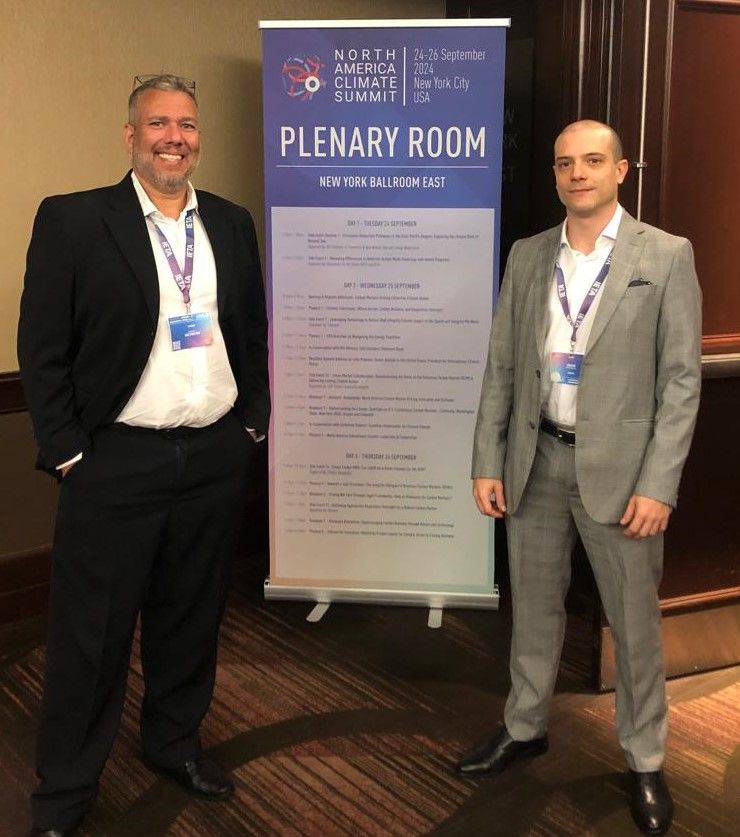The State of Nationally Determined Contributions: 2022

This report takes stock of countries’ latest NDCs and examines how these commitments have evolved since the Paris Agreement entered into force, identifying overall trends and pinpointing the elements where further action is needed.
It finds that countries are making incremental progress on strengthening their NDCs, but what we really need to achieve the goals of the Paris Agreement is urgent transformational change.
While the Paris Agreement established three global goals – limit global temperature rise to well below 2°C and ideally 1.5°C, promote adaptation and resilience, and align financial flows with low-emissions, climate-resilient development — NDCs are the foundation. In its NDC, each of the Paris Agreement’s 194 Parties must lay out its aims to reduce emissions. Many also include plans for adapting to climate impacts and the financial requirements needed for implementation. Almost seven years have passed since the first round of commitments to the Paris Agreement, and around 80% of NDCs have been updated.
This report takes stock of where we are now and paints a detailed picture of the contents of the latest NDCs, including their mitigation targets, adaptation elements, sector-specific measures, and associated financing requirements. It aims to serve as a reference document on NDC content, to inform the Global Stocktake and the Glasgow work programs on mitigation ambition and adaptation, and to shape subsequent NDCs. It captures key insights from the Climate Watch platform of the World Resources Institute and other data sources, and it raises questions stemming from these data that merit discussion by policymakers, donors, civil society, and researchers.
Key Findings:
- By September 2022, countries have communicated 139 new or updated nationally determined contributions (NDCs), outlining the actions they intend to take to help mitigate climate change and achieve the Paris Agreement goals.
- Drawing on newly available data from the open-source Climate Watch platform, this report captures a detailed snapshot of the NDCs following the latest updates and examines how they have evolved since the Paris Agreement entered into force.
- The analysis suggests that the Paris Agreement is enhancing global climate ambition—but not at a pace or scale consistent with achieving its goals. The latest NDCs aim to reduce 2030 emissions by an estimated 5.5 gigatons of carbon dioxide equivalent (GtCO2e) more than the initial NDCs. This represents a 7 percent reduction from 2019 levels. According to the IPCC, however, emissions must decline by at least 43 percent from 2019 levels to keep the 1.5°C goal within reach.
- Seventy-seven percent of NDCs include greenhouse gas (GHG) reduction targets, and 96 percent include sector-specific mitigation targets and other measures.
- Eighty-six percent of NDCs include an adaptation component, many with improved detail and sectoral coverage. Linking these to instruments such as national adaptation plans is a critical next step.
- Fifty-three percent of NDCs include estimates of climate finance requirements, and these numbers already amount to almost $4.3 trillion ($2.7 billion for mitigation, $1.1 billion for adaptation, and $475 billion unspecified), underscoring the need for developed countries to deliver the climate finance they have promised. Finance is a key enabler of climate action, and it must reach the scale of ambition needed.
Executive Summary:
Since the Paris Agreement took effect, the vast majority of its Parties have communicated a new or updated nationally determined contribution, or NDC. Relative to their predecessors, these new and updated NDCs aim to achieve deeper emissions reductions, tie more closely to planning and implementation processes, and document more thoroughly the finance required to support their implementation. Overshadowing this progress, however, is the massive gap that remains between the NDCs as they currently stand and what it will take to achieve the goals of the Paris Agreement.
The NDCs must be strengthened across all dimensions, at a much faster pace, to keep these goals within reach.






